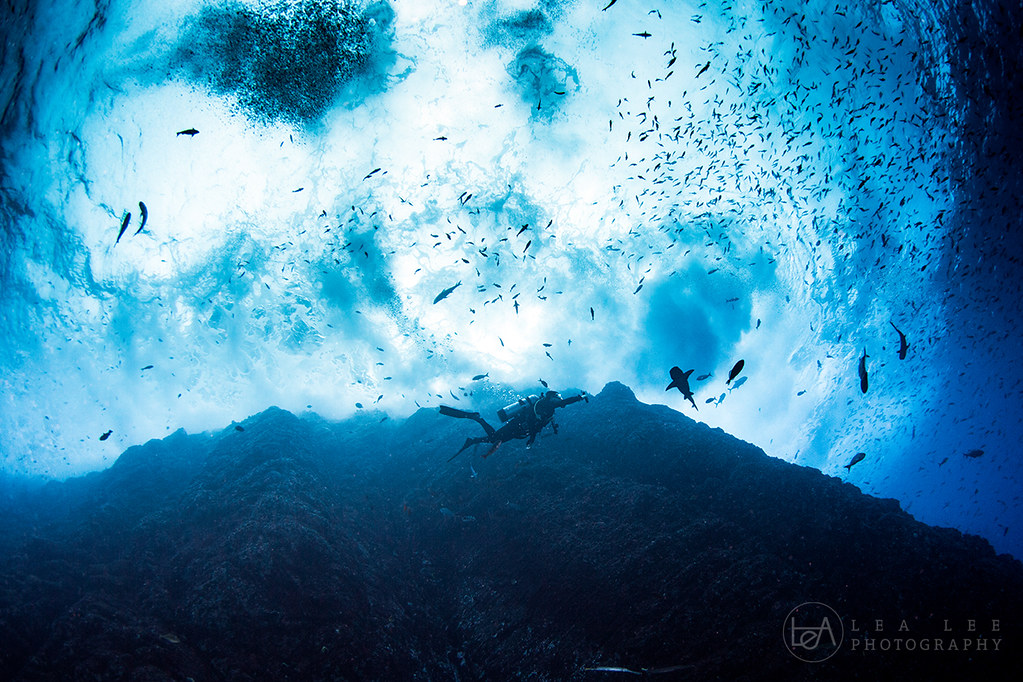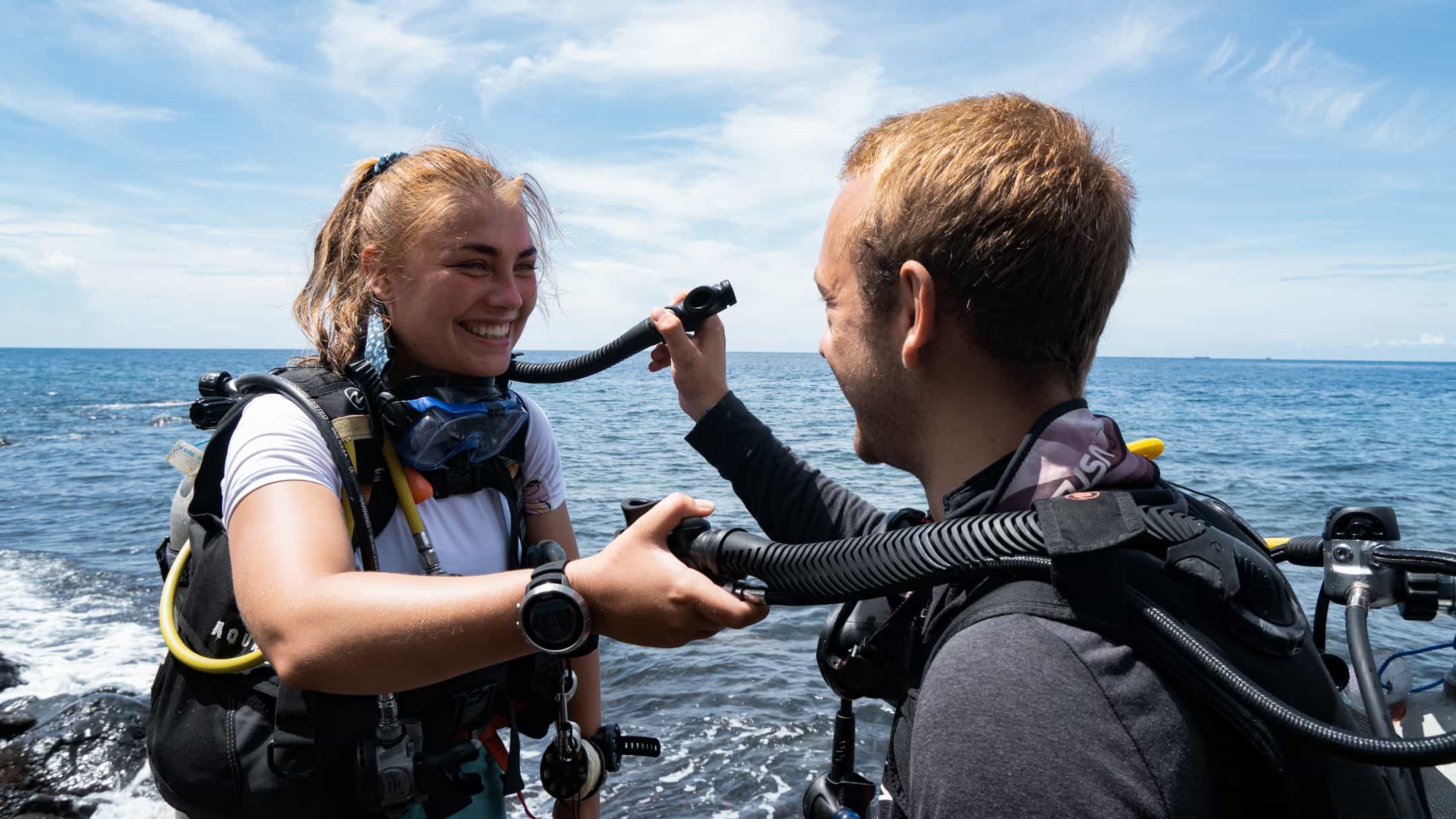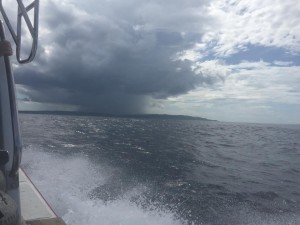If you want to learn about how corals make use of the underwater landscape, then head over to the wall for fascinating discovery.

Image by: Lea Lee
What is a wall?
Beyond the gentle slope of the beach where most coastal life forms reside, lies the steeper sea bed that sometimes drop off into the abyss. The structure of these so-called drop off can vary, from sandy ones that host sea floor crawlers, to rocky, coral-rich, descending or terracing surfaces that is home to sea life rarely found near the shores.
Each wall section hosts unique ecosystems. From table corals that overlook the open sea at the ledge, to sea fans decorating the underside of overhangs. Eels and bizarre-looking fish hide in crevices and colourful fauna sway back and forth between the safety of their reefs and the deep blue nothingness below.
Planning it out
The greatest risk of wall diving is being unaware of depth. Many walls extend way below safe recreational diving depth. You need to diligently monitor your depth gauge, and adjust your buoyancy compensator when you feel that you are sinking more often. This is due to the water pressure that pushes your body and slightly reduces your volume, which allows sinking.
So it is important to first plan out how deep you want to go, and onto which direction of the wall (left or right) that you want to explore. Having a dive buddy is essential, not only for reminding each other of the position and status of the diving session, but also to have each other as a backup in case of emergency.
Navigating up
Multilevel diving is a common technique to avoid the pitfalls of being in the deeper level at the wrong time. You and your dive buddies should dive for the deepest level first, and set that as the depth limit. The remaining session is a gradual ‘scaling upwards’ towards the surface. By the time the oxygen level is low enough to mark the end of the session, you’d have well-adjusted yourself to the upper level pressure, light, and buoyancy.
Another thing to worry about are currents. As long as you stay close to the wall, you will experience the minimal force of the current flow. Take care that you do not swim too close to the wall either, as you might risk damaging the corals with your fins. If you find that swimming against the current is starting to become a nuisance, use the wall’s landscape features to shelter yourself from the current and wave a signal to resurface. Again, try not to damage any living corals.
Navigating left and right
Staying close to the wall also makes navigating easier. Fortunately, the wall is full of features that are easy to spot and learn. Find features such as corals, sea fans, and overhangs to help you mark your position. Try to manage your dive time to explore each depth level.
In fact, if you have any information at all about your exploration ground, try to learn them before you even get inside the water. It would be helpful to know at what depth the wall begins, the area you want to cover, specific features you want to photograph, and any overhangs that you must be cautious about.
You can wall dive at Tulamben’s Drop Off or in several pristine sites at Nusa Penida. With special insights about the various diving sites, our guides at Blue Ocean Bali promise you a thrilling adventure.



